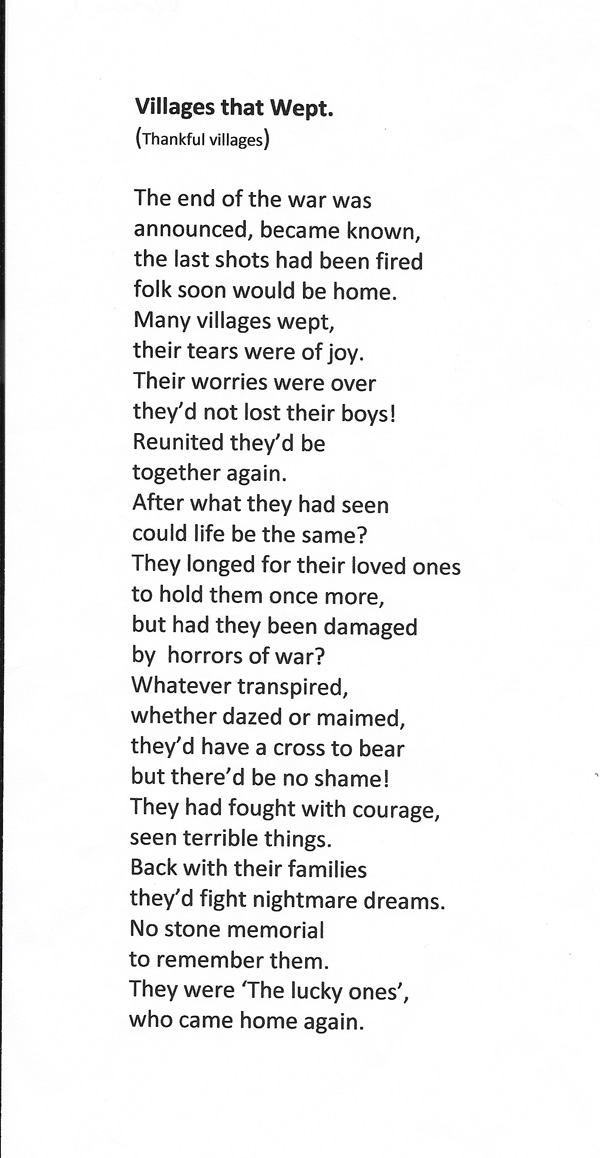One cannot live in Lancashire and be interested in walking, without quickly discovering that series of small, hard-backed books with white paper dust covers written by, the now famous but deceased, Lancastrian Alfred Wainwright.
Alfred was born in January 1907 in Blackburn Lancashire. His early life was not spectacular; in fact the family were rather poor, due mainly to his father’s alcoholism. Alfred wasn’t particularly interested in the countryside having lived in one of the smokier streets in the city. He had, however, walked a lot, up to 20 miles at a time and shown a great interest in drawing and cartography, producing his own maps of England and the local area.
He did very well in school, coming first in almost all subjects. He left, by necessity, aged thirteen years, and could have so easily followed other classmates into the mills. With encouragement from his mother, however, Alfred aimed higher. His first job was as an office boy with Blackburn Borough Engineers Department. A ‘white collar’ job was something of an achievement at that time. Alfred obviously wanted more, so studied hard for several years at night-school, gaining qualifications in accountancy. These qualifications meant he could move further up the ladder within the Council.
Walking was clearly a big thing in the young Alfred’s life and at the age of twenty-three years, having saved enough money, he went on a week’s walking holiday with a cousin. Windermere was their first stop, where they climbed to the top of, the nearby, Orrest Head, a hill seven hundred and fifty feet high. Not exceptional in itself, but the view of the surrounding area, which they saw from the summit was breath-taking. It gave rise to the following, well-known quote from Alfred:
I was totally transfixed, unable to believe my eyes. I had never seen anything like this. I saw mountain ranges one after another, the nearer starkly etched, those beyond fading into the blue distance. Rich woodlands, emerald pastures and the shimmering water of the lake below, added to a pageant of loveliness, a glorious panorama that held me enthralled………… but here was no painted canvas; this was real. This was truth. God was in his heaven that day and I a humble worshipper.
This first visit to the fells, now in Cumbria, but still a part of Real Lancashire, was the beginning of what became a lifelong passion for Alfred. It was so powerful that in 1941 at the age of thirty-four years he took a pay cut and moved closer to this wonderful landscape, living and working for the rest of his life in Kendal. This passion and his ability as a cartographer led him to produce a series of Pictorial Guides to the Lakeland fells. Originally these were for his own interest and satisfaction, rather than publication. Without friends such as Henry Marshall, Chief Librarian Kendal and Westmorland and Sandy Hewitson (of Bateman and Hewitson Ltd) it is quite possible these handwritten manuscripts would never have seen the light of day. What a loss, to future generations of walkers that would have been.
My nephew, now in his early fifties, also a keen walker from the age of eighteen years, and a great lover of this part of the Country, has several of these small guide books, now rather dog-eared, but a testament to the pleasure they have given.
Being brought up in the Midlands , until my early twenties, I knew little of the beauty of Lancashire. I am rather ashamed to admit I subscribed to the view of those people South of Cheshire who thought the whole of Lancashire was made up of mill towns and factory chimneys, and all Lancastrians wore clogs and flat caps.
Fortunately a relative moved here and on my first visit I was taken to Windermere, where a trip on the lake opened my eyes and my heart. I too, was amazed by the beauty of the place, the peace and, of course, the friendliness of the Lancashire people. I could not hope to put my feelings into words as eloquent as those of Alfred Wainwright, quoted earlier, but suffice to say, I fell in love with Lancashire and it has been my home since 1963. I have spent many happy Sundays following the public footpaths around various beauty spots, eating picnic lunches sitting under hedges, about six miles into a walk and admiring the beautiful scenes set out before me. I have reminisced about that first trip on Lake Windermere on many occasions. I have taken friends to the Trough of Bolam, the pretty village of Downham and, of course Pendle Hill and many other such places. We are never disappointed.
We are all aware of the love and wonder felt by other writers through the ages, when seeing similar Lancashire vistas, ie. ‘The Daffodils’ By William Wordsworth, ‘The Moorlands’ by Edwin Waugh.
The combination of hills and lakes, or stone cottage villages with streams flowing gently through the centre, does something to those who stand and stare, enjoying the beauty and peace of the surrounding Lancashire vistas.
As for those dark satanic mills, with their smoke belching chimneys,most of them no longer exist. Some have been converted into luxury apartments, some into retail outlets, receiving coach loads of visitors each day, some have become museums and the remainder simply demolished, gone forever.
But God is still in his heaven and there are many humble worshipers.
© Olive J Riley 2017









